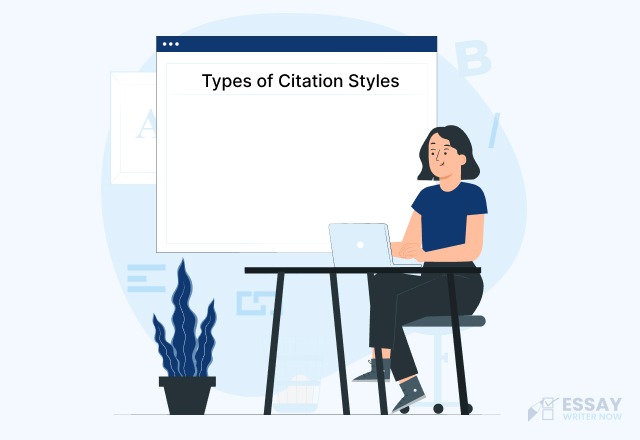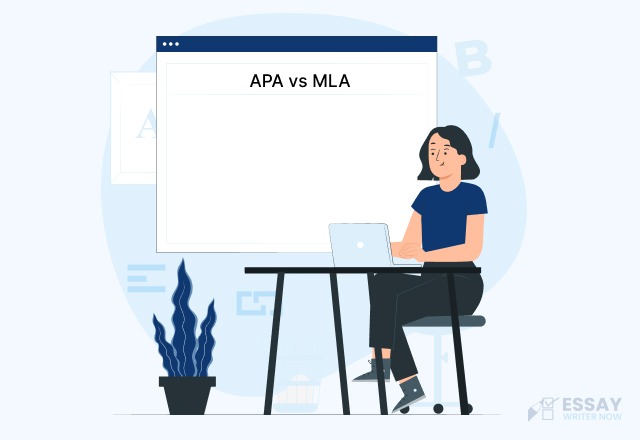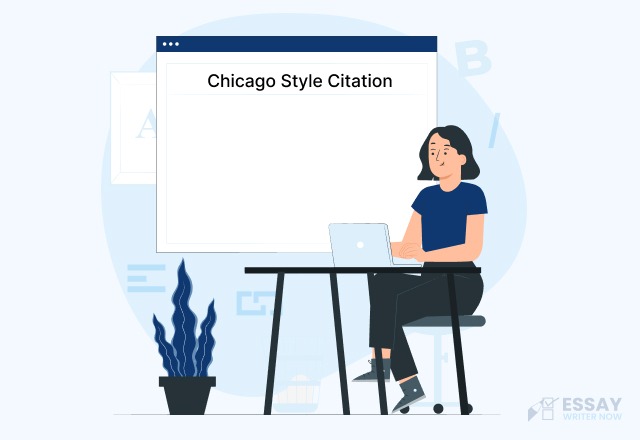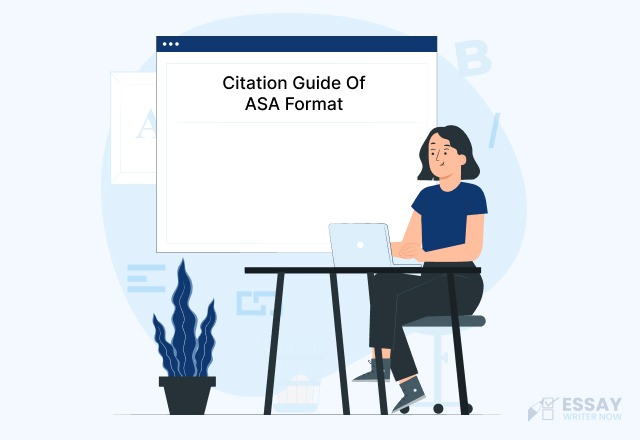What is IEEE Citation Format?
The IEEE citation style has been popularized by students in technical subjects and the computer field. It helps them label their work appropriately when referencing other sources or citations within the paper.
The IEEE is a leading organization that has helped create and manage many industries' standards. They provide well-defined formats for books, journals, papers, and websites.
The IEEE style is made up of two elements:
References: Every number next to a citation tells you where to find the information for that citation in the References section. The References section is listed in numerical order. The reference list is arranged alphabetically.
In-text Citations: In-text citations help readers follow the credibility of their sources. These are from primary or secondary sources and are numbered in square brackets.
The IEEE format includes the following sections, in this order:
- Title Page
- Abstract
- Index Terms
- Nomenclature (optional)
- Introduction
- Body of Article
- Conclusion
- Appendix(es)
- Acknowledgment(s)
- References
- Photos and Biographies
The IEEE format is a commonly used style for academic papers in subjects such as programming, information technology, and web communications. It's vital to master this standard if your work is submitted into these study genres.
IEEE Citation Format for Different Sources
The IEEE citation style is a great way to credit your sources when writing academically. However, it requires ample knowledge and guidance.
Below are some citation formats for different sources that show how to format your paper properly in IEEE.
IEEE Book Citation
| Sources | Format |
|---|---|
| E-Book | [corresponding number] Author. (year, month and day of publication). Book title. (edition). [Type of medium]. Vol. (issue). Available: http:// website URL [date accessed]. |
| Book (Single Author) | [corresponding number] Author. Book title. Location: Publishing company, year, pp. |
| Book (Two or More Authors) | [corresponding number] Author, Author, and Author. Book title. Location: Publishing company, year, pp. |
| Book (No Author) | [corresponding number] Book title. Location: Publishing company, year, pp. |
| Book Chapter | [Ref number] Author’s initials. Author’s Surname, “Title of chapter in book,” in Book Title, edition (if not first), Editor’s initials. Editor’s Surname, Ed. Place of publication: Publisher, Year, page numbers. |
IEEE Journal Citation
| Sources | Format |
|---|---|
| Article in a Journal | [corresponding number] Author. “Article title”. Journal title, vol., pp, date. |
| E-Journal from a Database | [corresponding number] Author. “Article title”. Journal title, vol., pp, date.Available: http:// website URL [date accessed]. |
| E-Journal Article | [Ref number] Author’s initials. Author’s Surname. (Year, Month). “Title of article.” Journal Title [type of medium]. volume number, issue number, page numbers if given. Available: URL |
| Newspaper Article | [corresponding number] Author. “Article title”. Newspaper title, pp, date. |
Other Citation Formats
| Sources | Format |
|---|---|
| Website | [corresponding number] Website. “Title.” Available: complete URL, date updated, [Accessed: date]. |
| Podcast | [corresponding number] Author’s Initial. Author’s Surname, "Title", Publication Title, Year Published. [Online]. Available: http:// website URL. [Accessed: date]. |
| Conference Papers | [Ref number] Author’s initials. Author’s Surname, “Title of paper,” in Name of Conference, Location, Year, pp. xxx. |
| Reports | [Ref number] Author’s initials. Author’s Surname, “Title of report,” Abbreviated Name of Company., City of Company., State, Report number, year. |
| Patents | [Ref number] Author’s initials. Author’s Surname, “Title of patent,” Country where patent is registered. Patent number, Abbrev of Month Day Year. |
| Standards | [Reference number] Title of Standard, Standard number, date. |
| Theses/Dissertations | [Ref number] Author’s initials. Author’s Surname, “Title of thesis,” Designation type, Abbrev. Dept., Abbrev. Univ., City of Univ., State, Year. |
| Datasheets | [Ref number] Author’s initials. Authors Surname, “Title of Datasheet,” Part datasheet, Publication date [Latest revision date]. |
| Online Documents | [Online] after the document title. If there is no specific document title you can place this after the document number (e.g. patent number). At the end of the reference add (Available: URL). |
Below are examples that will help you cite sources properly in IEEE format.
The bottom line!
This blog gives you everything you need to cite your sources in IEEE format. It is the most common citation format that is perfect for students and researchers in electronics engineering.
However, if it is not clear on how to create a citation, and you need professional assistance, get in touch with an expert essay writing service.







